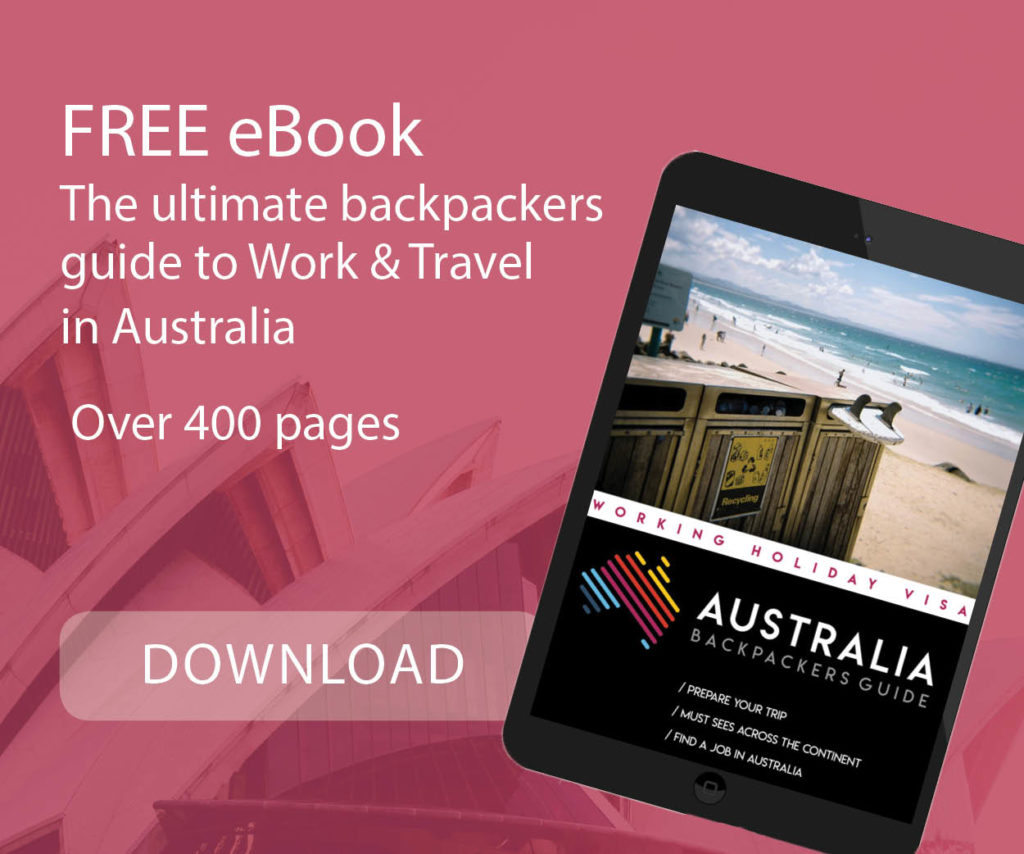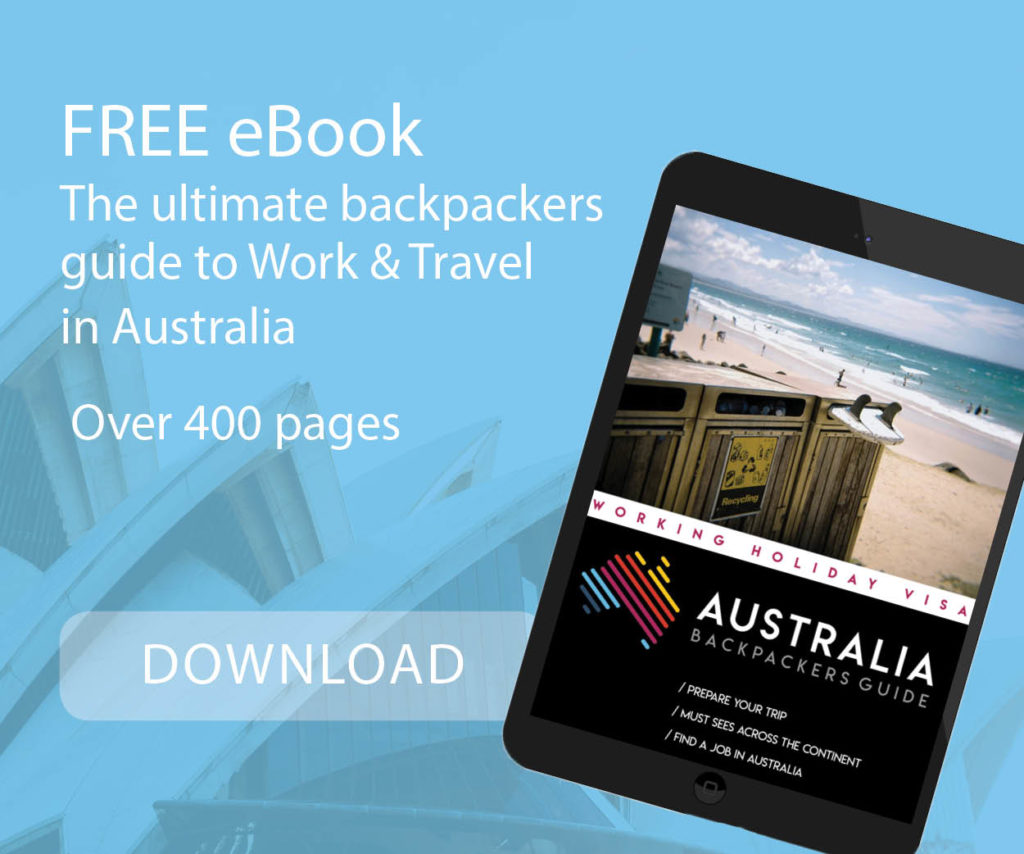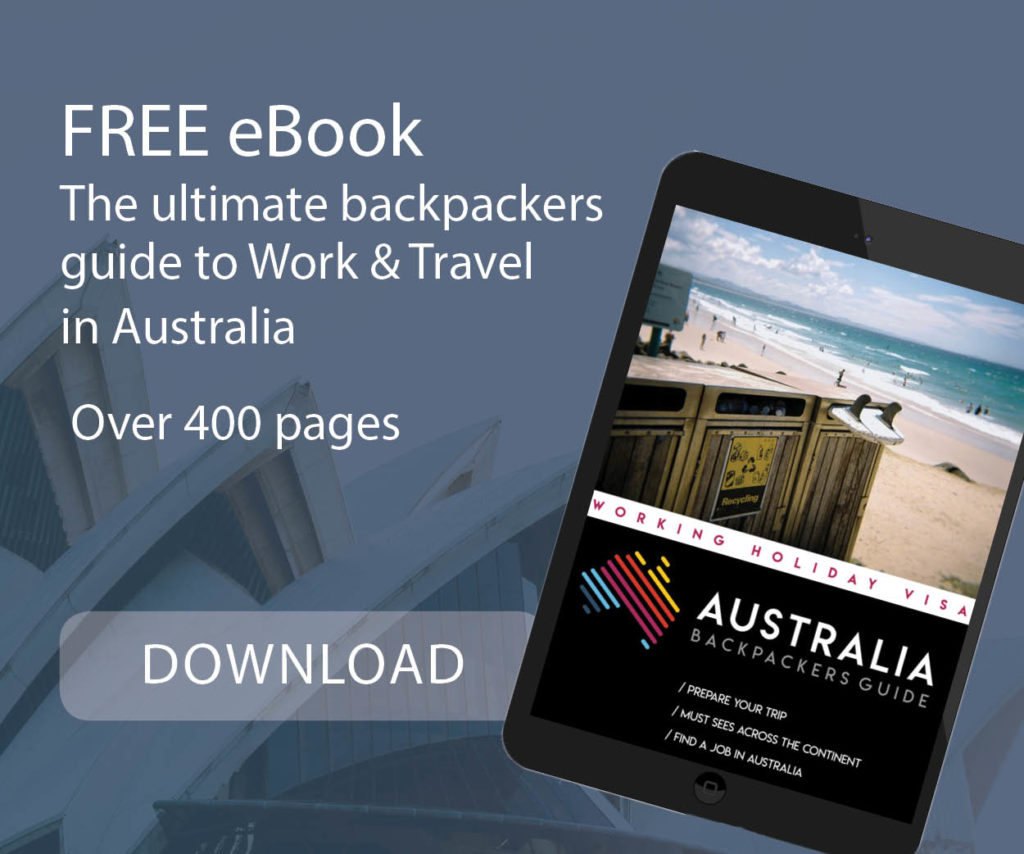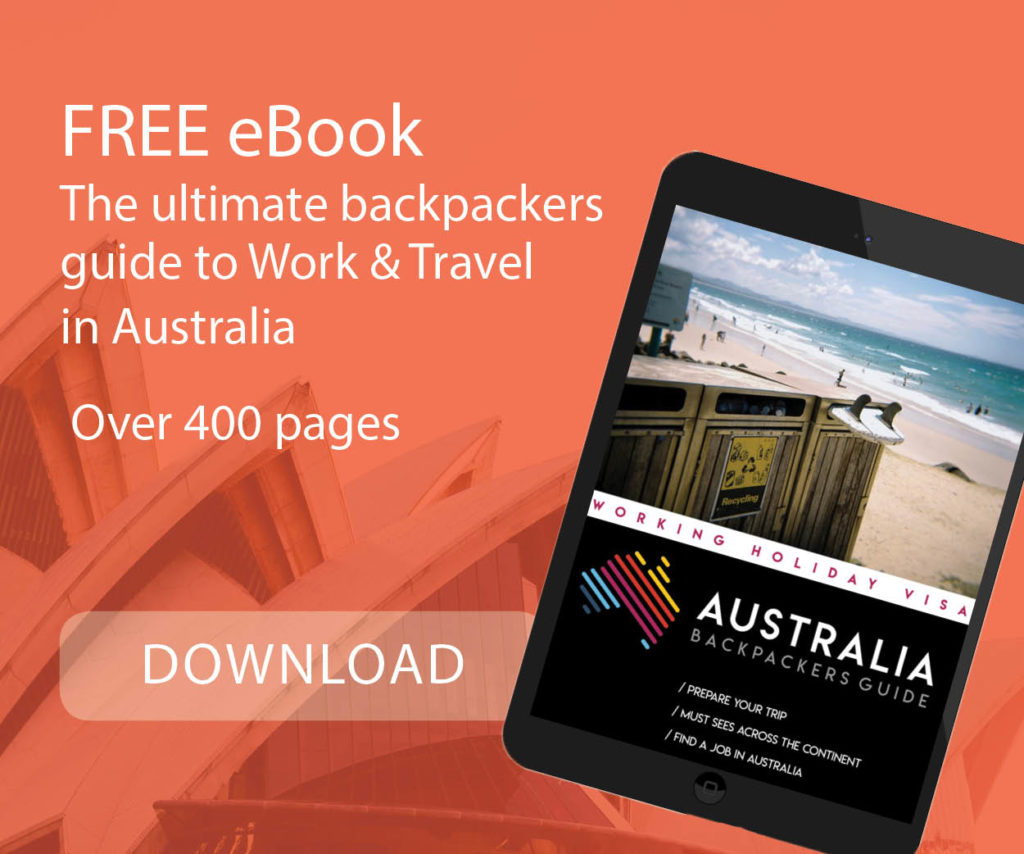Renting a vehicle is the best way to discover Australia’s vast landscapes—from dramatic coastlines and lush rainforests to rugged Outback tracks. This updated guide covers everything you need to know: vehicle types, cost breakdowns, booking tips, insurance, inspections and road-trip advice, all SEO-friendly and packed with pro tips.
Table of Contents
Why Rent a Vehicle in Australia?
Australia’s public transport rarely reaches national parks, beaches or remote Lookouts. By hiring a car, campervan, motorhome or 4WD you get:
- Total flexibility to follow your own schedule
- Access to hidden gems far from coach routes
- Cost savings when splitting between friends or taking advantage of relocation deals
- Comfort to carry surfboards, bikes or hiking gear
Whether you crave city hops, coastal drives or Outback adventures, renting gives you freedom—and those once-in-a-lifetime photo ops.
Requirements to hire a Vehicle
Driving License: A valid driving license from your home country is required. If the license is not in English, an International Driving Permit (IDP), accompanied by your original license, is necessary.
Age Requirements: Most rental companies require drivers to be at least 21 years old, although this can vary. Drivers under 25 may incur a young driver surcharge.
Credit Card: A credit card in the driver’s name is required for booking and as a security deposit. Some companies may accept a debit card, but this may come with restrictions.
Vehicle Types & Ideal Uses
Compact Cars (e.g. Toyota Corolla, Mazda 2):
Perfect for couples or solo travellers exploring cities and sealed highways. Expect A$45–70/day off-peak, rising to A$80+ in Christmas/New Year season.
SUVs & 4WDs (e.g. Toyota RAV4, LandCruiser):
Essential for some spots such as Fraser Island (K’gari), Kimberley loops, Mereenie Loop or any dirt-road national park. Rates run A$100–150/day, often + A$20/day for unsealed-road cover. Always check with the rental company that they allow trips on dirt roads, some locations.
Campervans (2-berth, low roof):
Budget choice for road-tripters who don’t need a loo/shower onboard. Prices start A$80/day off-peak, A$110+ peak.
Motorhomes (4-6 berth, with kitchen/bathroom):
Your home on wheels—ideal for families or longer trips. From A$100/day low season, A$150+ summer.
Specialty & Luxury (convertibles, premium SUVs):
For bucket-list drives along the Great Ocean Road in style; expect A$200+ per day.
Rent a motorhome
Renting a motorhome is the most popular way for tourists who want to discover Australia independently. You find plenty of places to spend the night (for free or a small fee) and the amenities are well maintained.
Rental companies usually offer a wide ranges of motorhomes and services. Prices vary depending on the type of vehicle, the season, and availability. To compare prices or to make an online booking, the easiest way is to use a price comparison website such as Motorhome Republic (market leader).
More information: Motorhome rental Australia
Campervan Hire
Renting a van allows you to travel with almost as much freedom as with a motorhome. The main difference is the level of comfort and equipment. Vans don’t come with a shower or toilet. But for a short trip or budget travellers, renting a van is a good alternative. The rental companies are basically the same as for motorhomes. To compare models and prices, use Motorhome Republic.
More information: Campervan Rental Australia
Car rentals
Overall, renting a car in Australia works as the same as in most other countries. Rental prices start at around $40/day, but vary primarily with the type of vehicle. To compare prices, use the comparison tool below.
More information: Car Rental Australia
4WD Rentals
Renting a 4WD in Australia can be useful if you want to travel to inaccessible areas. For example, if you want to visit the Kimberley, a 4WD will be necessary. However, the main places to see in Australia are accessible via sealed roads. Many visitors assume that a 4WD is essential for a road trip, but it really depends on where you are going. Of the popular sites, here are those that will only be accessible with a 4WD (or highly recommended):
- Kimberley
- Purnululu National Park
- Karrijini National Park (parts of the park only)
- Kakadu National Park (parts of the park only)
- Fraser Island (K’gari)
- Top End (Daintree to Cape York)
- Mereenie Loop
- Simpson Desert
To hire a 4WD, you’ll usually go to the same rental companies offering vans or campervans. Some rental companies have a few 4WD models but their fleet is limited. These vehicles may not be available in all major Australian cities. For example, you will have great difficulty finding one in Sydney, Melbourne or Brisbane. Very often their 4WD vehicles will be available from Perth, Broome, Darwin and Cairns.
To explore certain regions/parks, you will need to use a rental company that specialises in that destination. For example, to visit the Kimberley or Fraser Island. There are also some destinations where you will not be allowed to go if you use a ‘traditional’ rental company.
What to Inspect Before You Drive Off
Read your rental contract closely and don’t forget the fine print. Look out for hidden fees for mileage and other extras. Before you sign though, go have a look at the vehicle. Confirm that the vehicle that’s waiting for you is the model you actually booked. It sometimes happens that you get a different models if yours is not available. In any case, you should only be upgraded.
Carefully inspect the vehicle. Check for dents and blemishes (interior, cockpit, engine etc.) as you don’t want to be held responsible for damages. Mark them in your contract and take photos, so you’re on the safe side. Quickly start the vehicle to make sure you can’t hear any weird noises.
Essential Road-Trip Tips
- Drive Left: Australia drives on the left—take it slow for the first hour.
- Long Distances: Never underestimate “two-hour” drives; factor rest stops every 2 h.
- Wildlife Hazard: Kangaroos & wombats at dawn/dusk—reduce speed to 60 km/h in rural areas at night.
- Toll Roads: No booths—note tolled expressways (e.g. Sydney M2, Brisbane M1) and pay online within 3 days.
- Fuel Up Smart: Use Fuel Map Australia to avoid +30 cpl remote roadhouse prices.
- Stay Connected: Telstra offers the widest coverage; consider an eSIM data plan for backup GPS.
Choosing the Right Ride for Your Trip
Solo & Couples
For a sightseeing trip, renting a car at the airport to drive around a city and its surroundings is a great way to explore. It also means you are not limited by a heavy/large vehicle but will still have plenty of space for your belongings. Y
ou should opt for a 4WD if you will be going across country or through less populated areas.You can also easily enjoy a ‘road-trip’ between your destinations while opting for non-mobile accommodation. You can use hostels for affordable accommodation or choose a hotel depending on your budget.
Alternatively, you can opt for 2-berth campervans. A van or motorhome remains the best way to experience all unique landscapes and wildlife Australia has to offer meaning you don’t have to stick to any set route.
Family or group of 4+
If you want to go on a sightseeing trip, renting a car at the airport to drive around the city and its surroundings is a great way to explore the place independently but you will have to be mindful of budgeting for accommodation along the way. Booking in avance will help keep costs down of the larger vehicles you will require.
Renting a 6 berth motorhomes is the best way to experience unique landscapes and wildlife on long distance trips. This way, you are free to go wherever you want and, if plans change, as they often do when travelling with kids for example, you can easily adapt and find a nearby campsite. There are many options for vans and motorhomes which will sleep 4 (or even 6 or 8!) people comfortably.
Adventure seekers
For those craving true off-road thrills, nothing beats hiring a rugged 4WD equipped with unsealed-road cover. Whether you’re tackling the red dirt tracks of the Kimberley, exploring the sandblown wilderness of Fraser Island’s inland lakes, or crossing the vast gibber plains of the Simpson Desert, you need a vehicle that’s been built—and insured—for the job. Look for models like the Toyota LandCruiser or Nissan Patrol, which offer high-clearance suspension, locking differentials and reliable diesel engines. And always check that your rental agreement explicitly includes “off-road” or “unsealed-road” cover; otherwise, a minor rock strike can leave you liable for thousands in repair bills.
Budget-Minded
One-way relocations are the ultimate hack—some companies practically give away their vehicles for A$1–10 per day when you agree to drive them from Point A to Point B within a specified window. These deals pop up most often in low season and on less popular routes (think Darwin→Melbourne or Perth→Brisbane), so flexibility is key. While you’ll sacrifice the freedom of a round trip, you’ll save hundreds—even thousands—on daily rental fees, freeing up your budget for camping gear, national park passes and local experiences.
Updated 22.04.2025























